The Continuous Reinvention
What connects Ljubljana, New York and Berlin? A modular, adaptive design system placed there. It is a Kiosk K67, designed by Saša Mächtig.
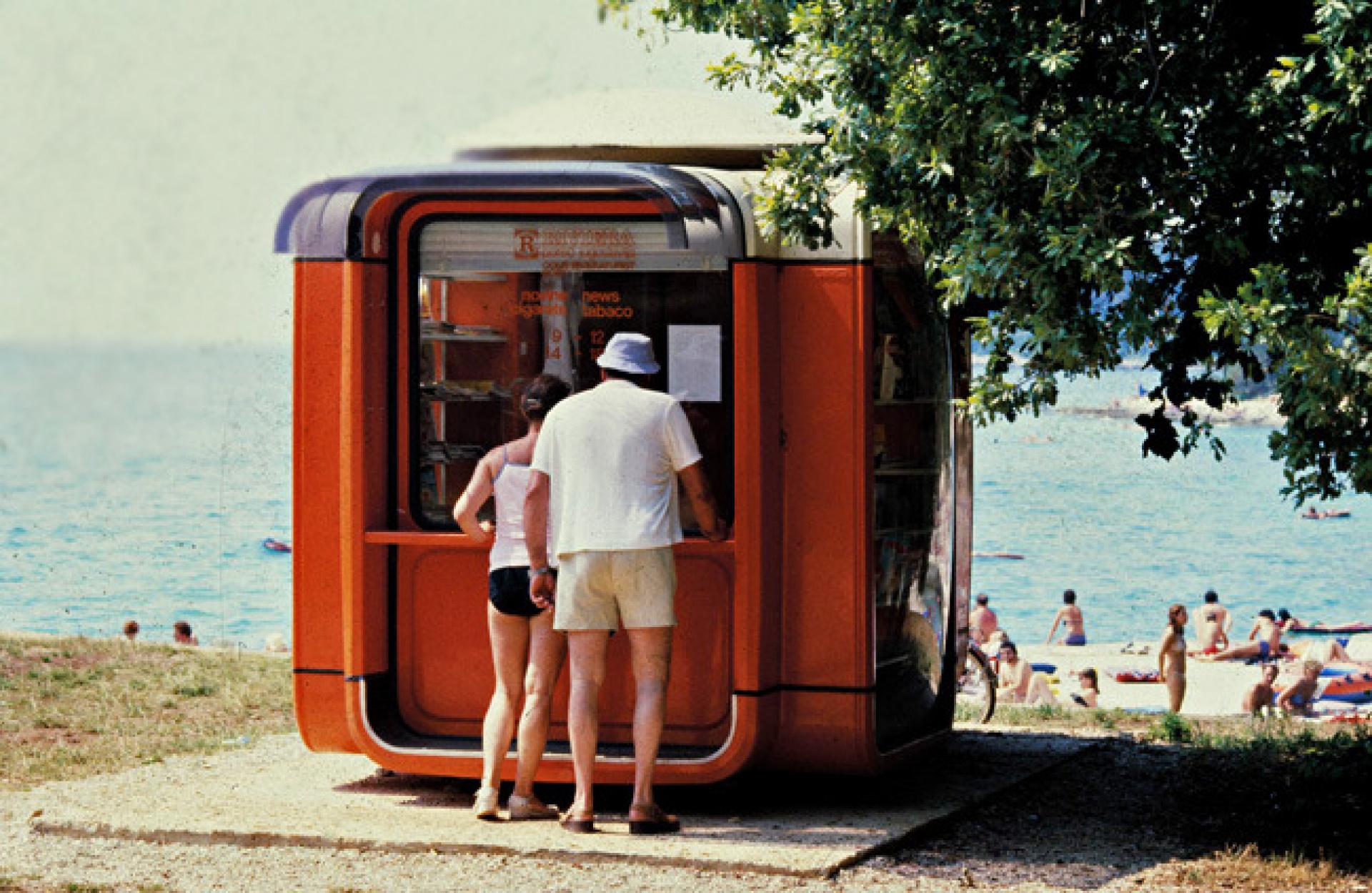
Kiosk K67 next to the seaside as a tobacco and newspaper stand. | Image © Museum of Architecture and Design MAO, Ljubljana
From 1968 to 1999 have been manufactured around 7,500 units of the K67 all around Yugoslavia. Some of them were also exported to Poland, Japan, New Zealand, Kenya, Iraq, the Soviet Union, and the United States. The system permitted unlimited configurations and variations, therefore is perfect for different types of adaptation and programs. You might find the Kiosk K67 in the collection of the Museum of Architecture and Design MAO in Ljubljana.


The modularity of the K67 design offers different types of adaptations | Image © Museum of Architecture and Design MAO, Ljubljana

Axonometric drawing of the second generation of the K67 from 1972. | Image © Museum of Architecture and Design MAO, Ljubljana
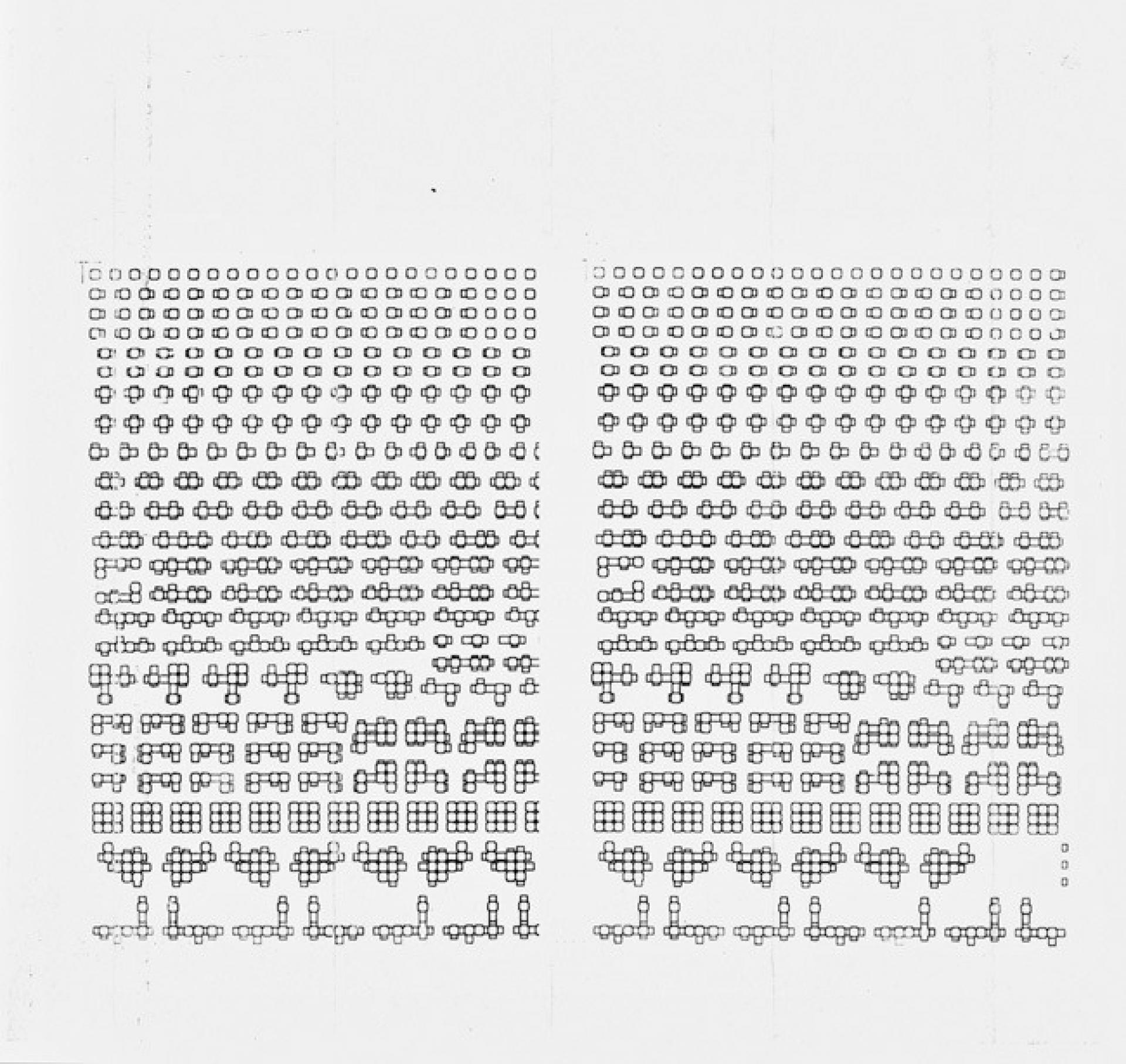
System Kiosk K67, expansion options and combinations. | Image © Museum of Architecture and Design MAO, Ljubljana
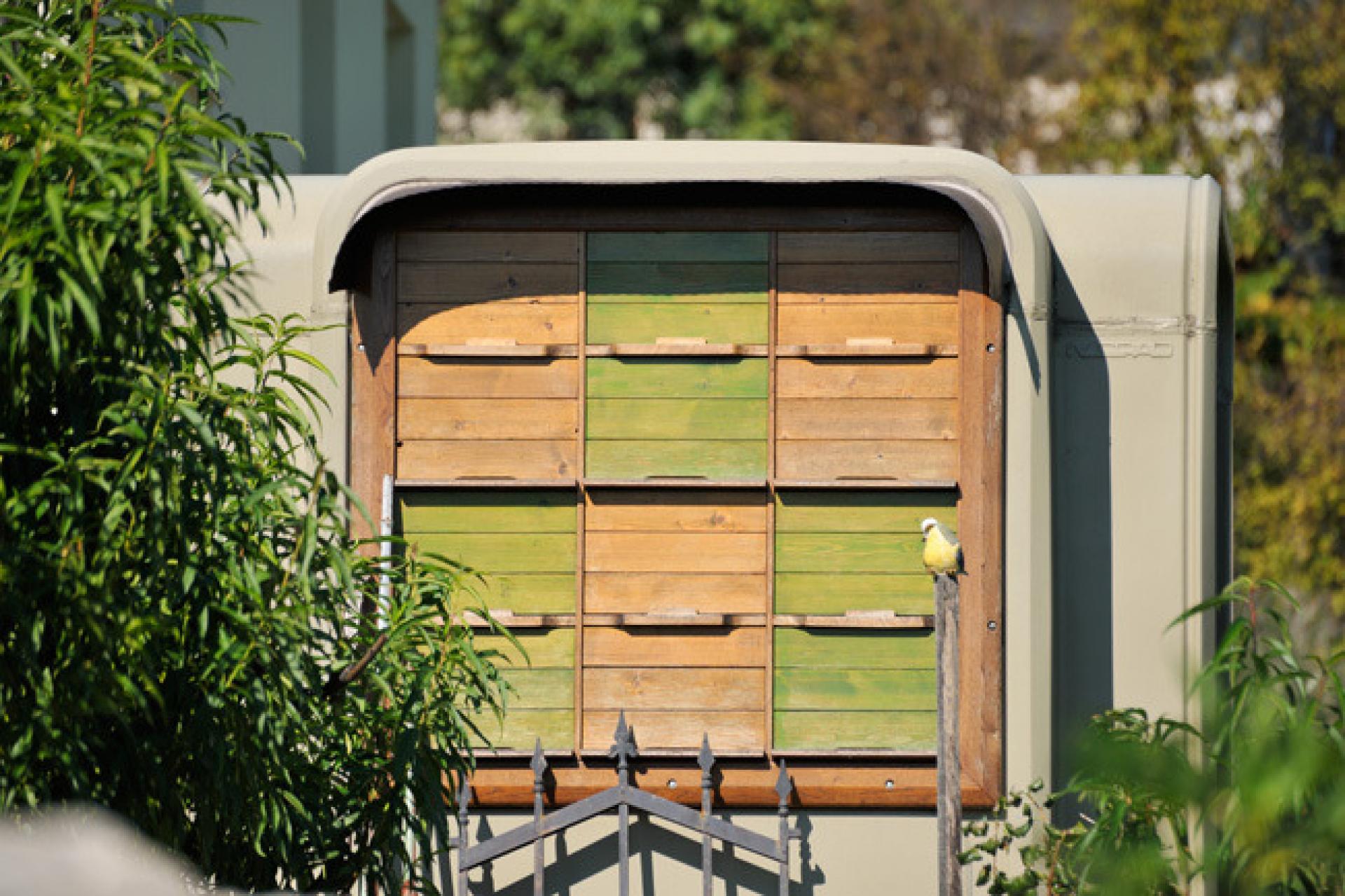
Kiosk K67 as beehive. | Image © Museum of Architecture and Design MAO, Ljubljana
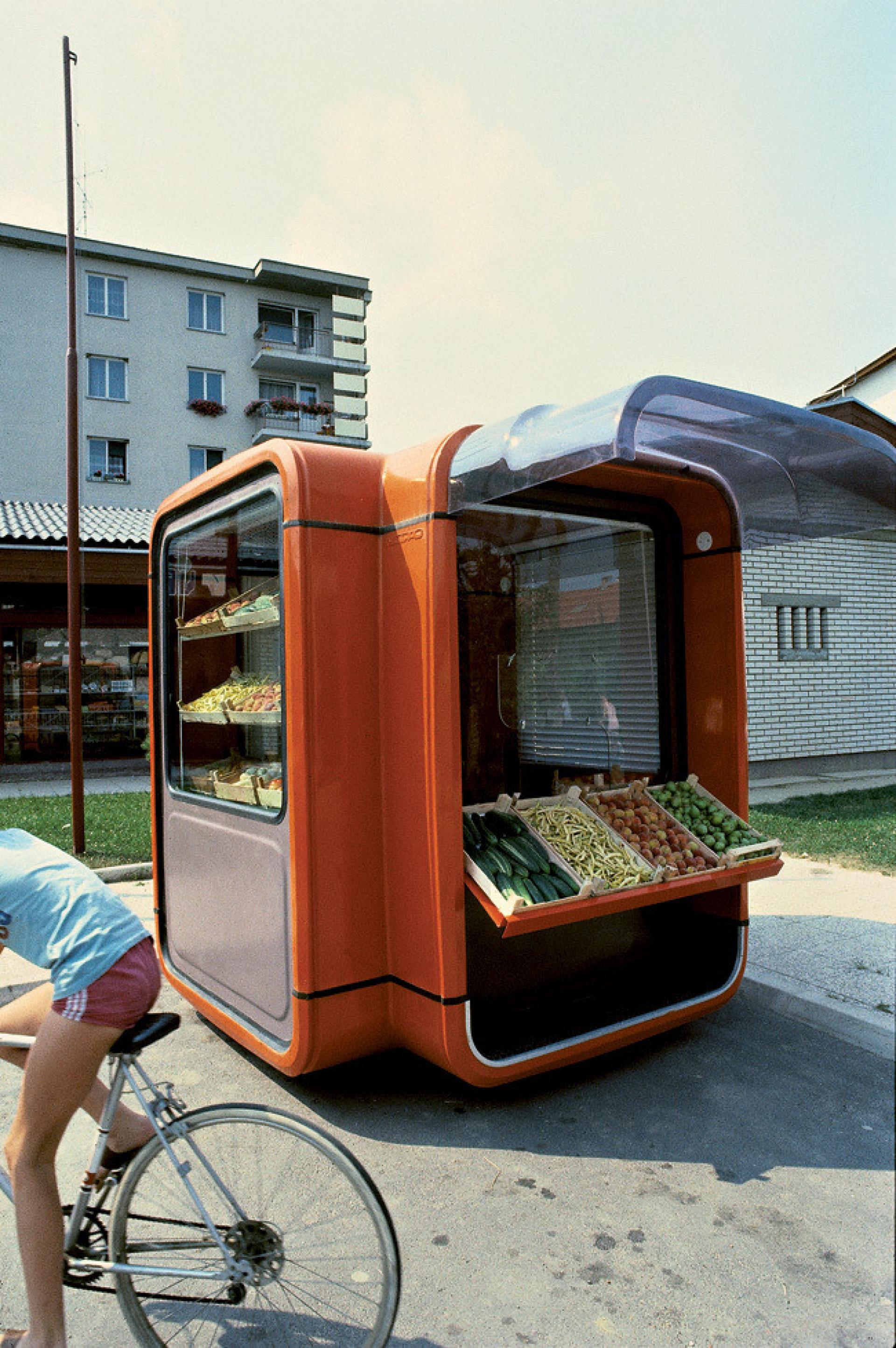
Kiosk K67 as fruit and vegetable stand. | Image © Museum of Architecture and Design MAO, Ljubljana
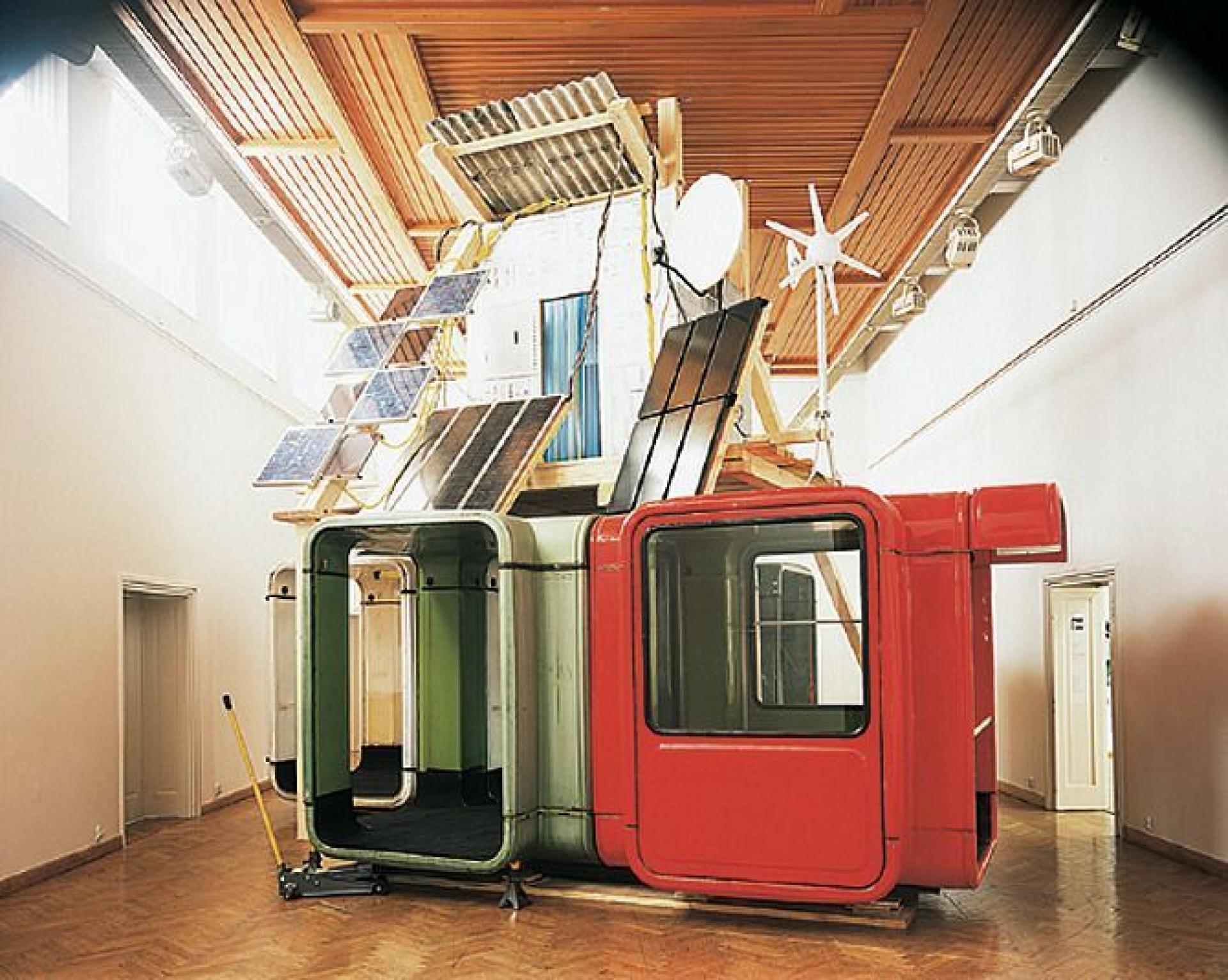
K67 as an installation by Marjetica Potrč in Modern Gallery Ljubljana. | Photo via Next Stop Kiosk
Kiosk K67 was also adapted for different uses, from border patrol stations, ski lift ticket booths, flower shops, to retail and fast-food stands. And after more than 50 years it is still present and becoming popular in many cities.
The first K67, which became a part of the design collection of MoMA in 1970, was at the beginning set on the 53rd Street sidewalk. It got finally its place in the museum during the MoMA exhibition Toward a Concrete Utopia: Architecture in Yugoslavia, 1948–1980 as an object of mass design.

The installation with K67 at the exhibition in MoMA. | © 2018 The Museum of Modern Art. Photo by Martin Seck

The catalogue from the exhibition Systems, Structures, Strategies in the Museum of Architecture and Design MAO, Ljubljana.
Maja Vardjan, our of the curators of the exhibition Systems, Structures, Strategies in the Museum of Architecture and Design MAO, describes why the K67 is so persistent in many cities. She evaluates it as a piece that with “its position between architecture and industrial design, embeddedness in the framework of a modern city and society, the rituals of daily life, and, last but not least, its persistent capacity to reinvent itself.”
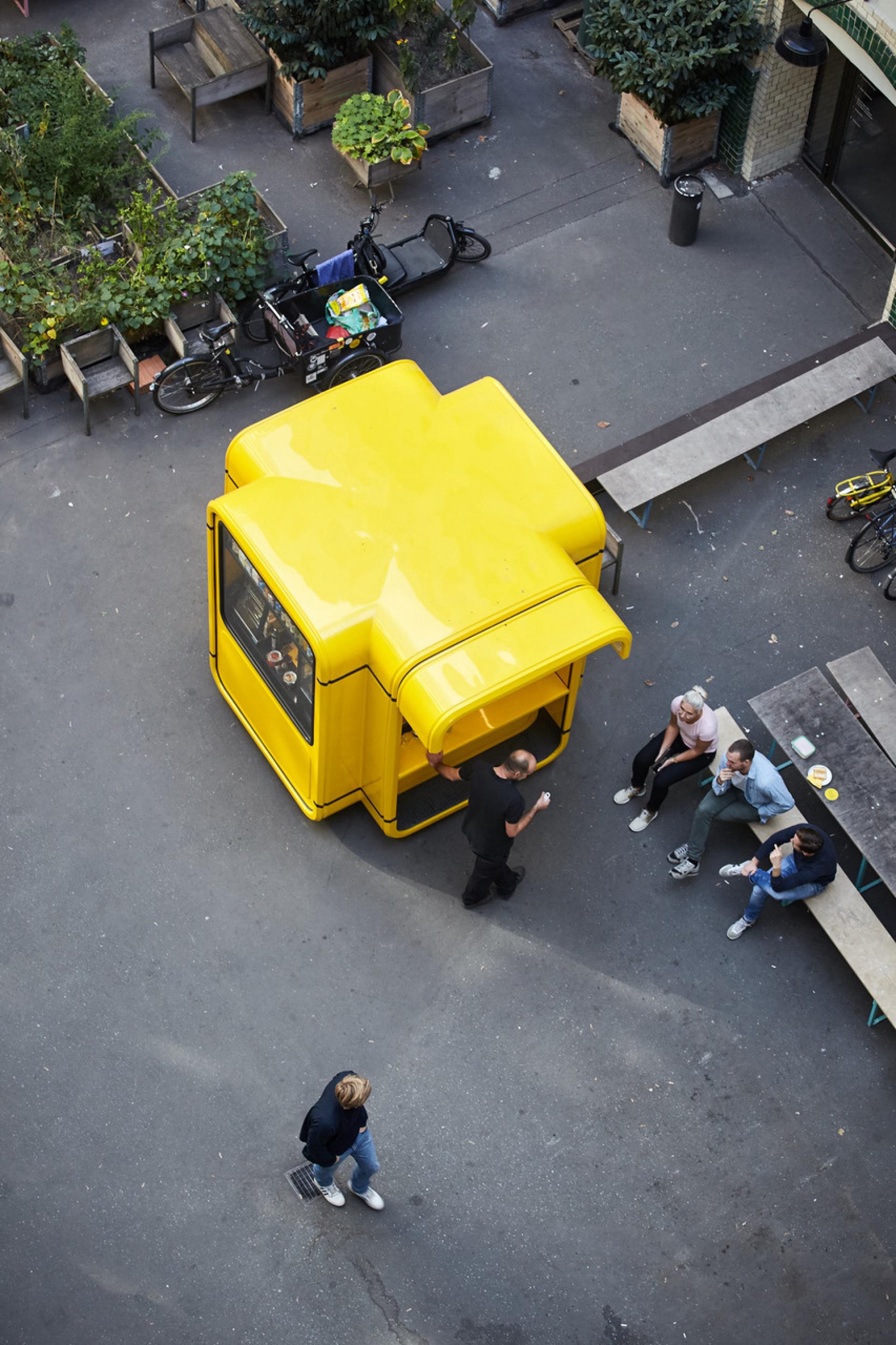
The reinvention of K67 in Berlin in 2018. | Photo by Marc Brinkmeier
The ability to reinvent itself makes the kiosk fresh in many settings and configurations. Martin Ruge created a kioski in Berlin. He brought one of the K67 although the transportation was difficult and the connection with freshwater, sewage and electricity to the Mykita building took more effort than expected. But he thinks it was worth it. And freshwater, sewage and electricity shall become matter of the new design issues for K67 to solve in the future.
The metamorphosis as a constant change of shape, idea, social and political reality shaped K67 to the point that is again in use. As Maja Vardjan said, a kiosk is phenomena, always alive and never the same.

Opening of the installation of K67 in the public space of Koper with Sara Mächting and director of Coastal galleries Piran Mara Ambrožič Verderber.

Kiosk K67 used as kioski bar in Berlin. | Photo by Marc Brinkmeier
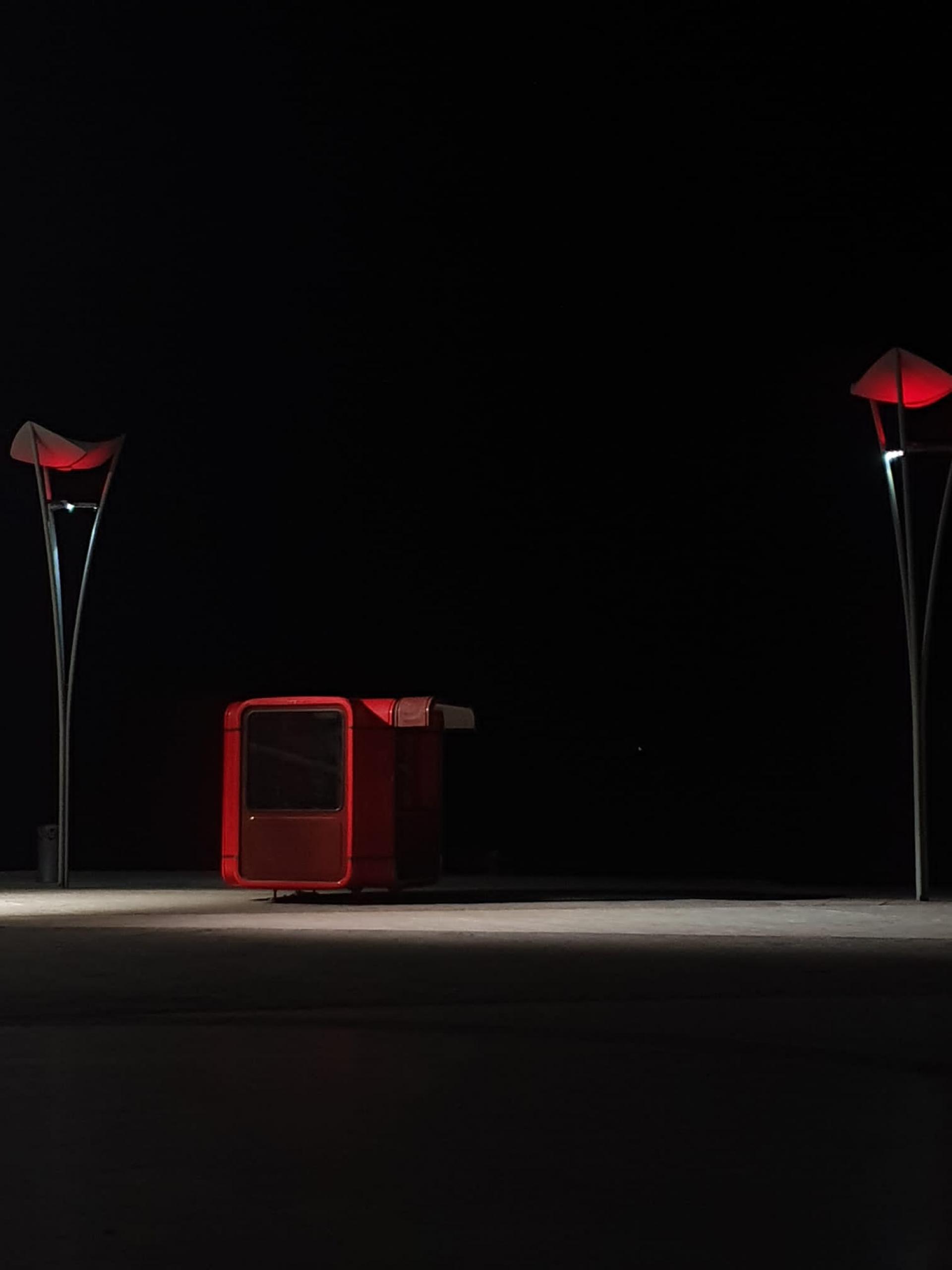
K67 in Koper. | Photo © Mateja Filipič